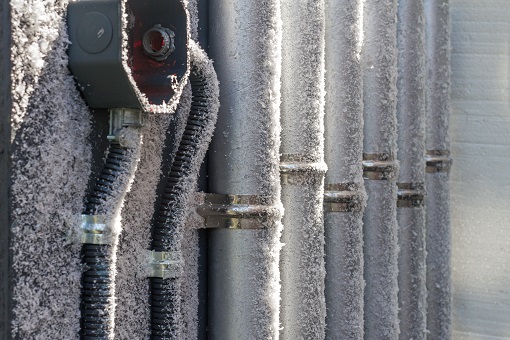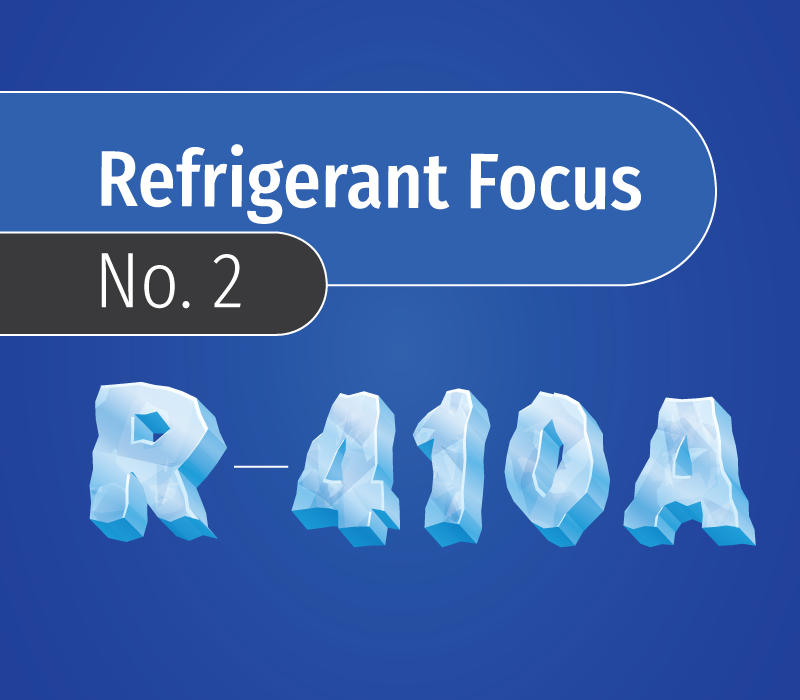Early 2021's deadly cold spell in Texas in and other areas of the South led to loss of power, water quality concerns for millions, and tragically, loss of life. Abnormal temperatures pushed all manner of equipment past its breaking point, and HVAC systems were hit hard.
Read More
Topics:
HVAC,
Coils,
Quality
In industries like commercial and industrial HVAC, there’s an understandably massive focus on innovations aimed at improving efficiency. Billions of dollars are spent every year on research and development to drive down operating costs without compromising on performance. Doing more with less is the name of the game, and included among the measures intended to do so is the economizer.
Read More
Topics:
Power Generation,
HVAC,
Heat Exchangers,
Efficiency,
Engineering
We’ve all been there. You step inside on a hot day and are mercifully greeted with a wall of cool air. Well, you have the refrigeration cycle to thank for that relief. While there are dozens of methods of heating and cooling, the basic function is still the same and is used in some form across countless industries and processes. But how does it work? This post will answer that question by outlining the main components of a standard refrigeration loop and the functions of each.
Read More
We’re super excited to announce that we’ve validated the performance ratings for R-449A and R-448A condensers in Enterprise, our coil selection software. We believe the condenser coil performance model we’ve developed is the most comprehensive and accurate of its kinds in the industry.
We wanted to use this post to briefly explain our testing methodology to our users. We’ll also touch on why performance modeling for these refrigerants has been challenging in the past, and how we plan to improve our model over time.
Read More
Topics:
Heat Exchangers,
Efficiency,
Expertise,
Reliability,
Engineering,
Refrigerants
Hydronics systems? Football? While you may not hear those terms in the same breath every day, there’s actually a mind-blowing amount of design and engineering that help keep football field surfaces playable through the cold winter months.
First, some context
With this year’s big game being played in Tampa Bay, frozen ground won’t play a factor, but January's NFC championship game took place at the site of probably the most famous instance of frozen turf in history - historic Lambeau Field.
Read More
Topics:
Food Storage & Processing,
HVAC,
Expertise,
Reliability,
Engineering
As far as stages go, professional football's championship game is one of the biggest out there, and there’s a small army responsible for making sure everything goes off without a hitch. Behind that army of personnel is an even larger assemblage of vehicles, equipment, and other technology that help along the way – one of which is the heat exchanger.
Heat exchangers of all shapes, sizes, and functions play a part in the Great American Game – from down on the field to very high above it. So, we thought it’d be fun to list some that help to make the big game everything we know and love.
Read More
Topics:
Refrigerated Display Case,
Food Storage & Processing,
Ground Support,
Computer & Electronics Cooling,
HVAC,
Coils,
Efficiency,
Reliability
There are a number of industrial processes that require extremely cold temperatures – sometimes as cold as -150°F. For the equipment used in such applications, those low temperatures pose some unique challenges. In this post, we’ll detail some of the temperatures involved and outline some things to consider with regard to heat exchanger design and materials for low-temp applications.
Read More
Topics:
Food Storage & Processing,
Coils,
Heat Exchangers,
Expertise,
Reliability,
Engineering
Cooling data center IT equipment using air has been the industry standard for as long as there's been a data center industry. However, advances in computing technology have pushed the limits of what air-cooled systems are able to efficiently keep cool, as the amount of power needed to operate those systems increases.
Read More
Topics:
Computer & Electronics Cooling,
HVAC,
Coils,
Expertise,
Engineering
As news of the effectiveness of a handful of different COVID-19 vaccines broke over the last month or two, the nation’s attention turned to difficulties surrounding their storage and distribution in what some are calling the biggest logistical challenge in history.
Read More
Our refrigerant focus series consists of deep dives into the history, properties, suitable applications and pros and cons of some of today’s common refrigerants. This installment will focus on R-410A.
Read More
Topics:
Refrigerated Display Case,
Heat Exchangers,
Efficiency,
Reliability,
Engineering












